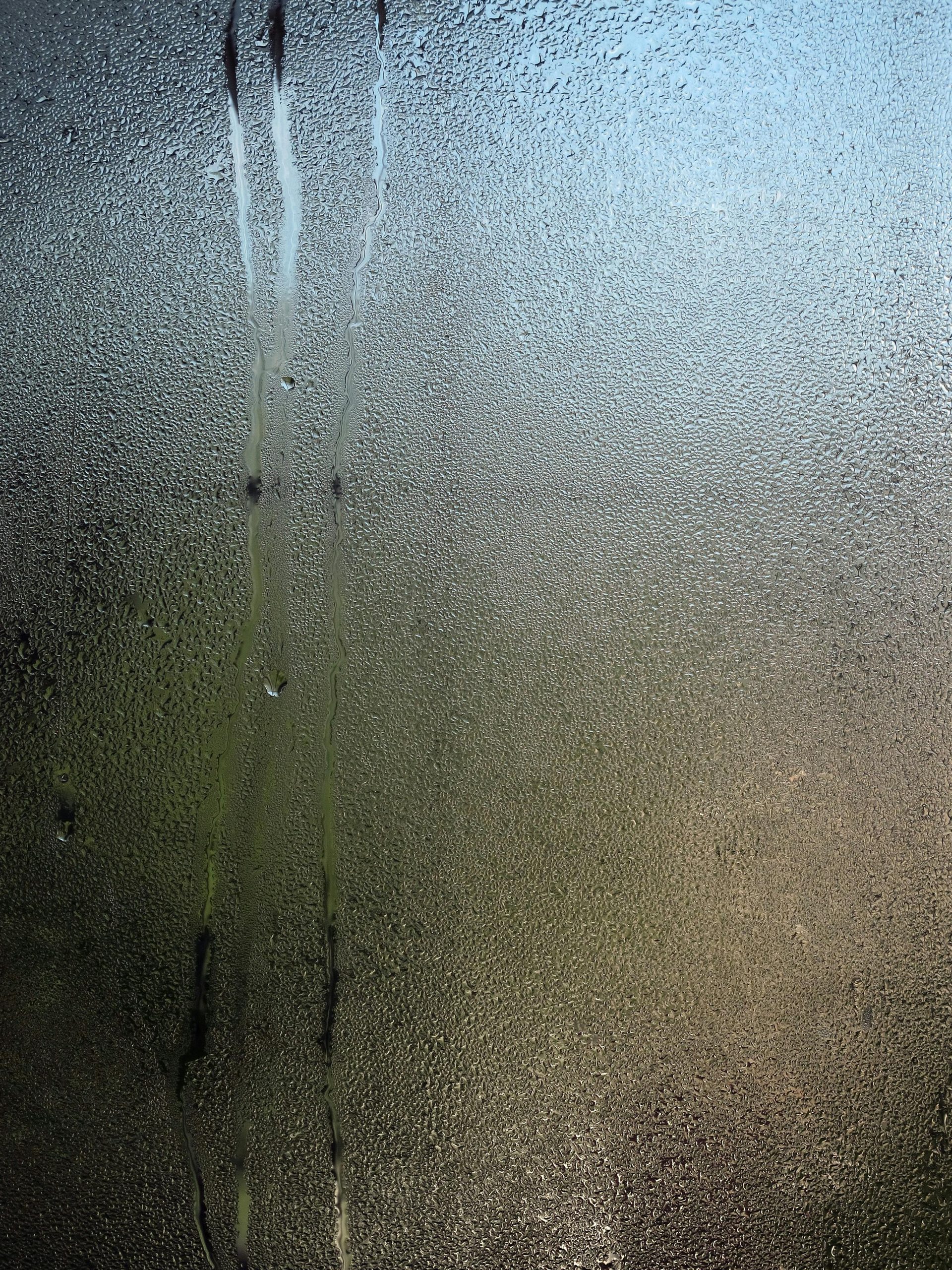Understanding Your Home Insurance Policy: A Guide for Maine Homeowners
Navigating your home insurance policy can often feel overwhelming, especially when unexpected damage occurs. If you’re a homeowner in Maine dealing with water-related incidents, understanding what your policy covers is crucial for effective repair and future protection.
What’s Inside Your Home Insurance Policy?
Your policy is a detailed document that outlines the coverage, exclusions, and responsibilities regarding damages to your property. Typically, it includes clauses related to water damage, mold, and structural repairs. However, the specific terms can vary widely between different providers and plans.
How to Review and Understand Your Coverage
-
Locate Your Policy Document: Your insurance provider should give you a copy—either physically or digitally. Access it through your insurance portal or request a new copy if needed.
-
Identify Key Sections: Focus on sections related to water damage, mold remediation, and dwelling repairs. Pay attention to coverage limits, deductibles, and any exclusions that might apply.
-
Clarify Coverage Details: If you’re unsure about what’s covered, contact your insurance agent or company directly. They can help explain the scope of your policy and any steps you need to follow for claims.
Repairing Water Damage: What Are Your Options?
When water damage occurs, especially involving mold growth or soaked floors and walls, the goal is to restore your home safely and effectively. It’s essential to understand whether your insurance covers the repair process and to what extent.
-
Restoring to Original Condition: Traditional repairs aim to return your home to its pre-damage state, adhering to original construction standards.
-
Smart, Long-term Repairs: Consider if there are opportunities to upgrade materials or employ better, more resilient solutions. Doing so can provide lasting benefits and reduce future risks.
Next Steps for Homeowners
- Review your policy thoroughly to understand your coverage scope.
- Document all damages for insurance claims.
- Consult with qualified contractors familiar with mold removal and water damage repairs.
- Discuss with your insurance provider any options for higher-quality repairs that could better serve your long-term home safety.
Being informed about your home insurance policy empowers you to make better decisions during challenging times. Ensuring proper repairs now can save you significant trouble in the future while maintaining the safety and value of your home.
Feel free to reach out or leave a comment if you need assistance interpreting your policy or planning your next steps after water damage.



